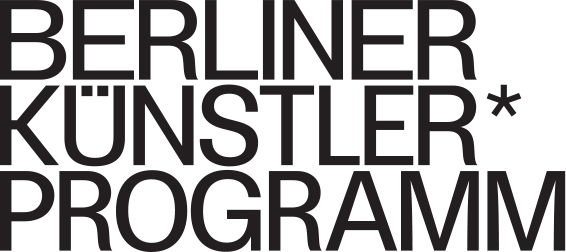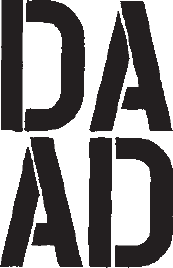Poland, Music, 1970
Włodzimierz
Kotoński
When Włodzimierz Kotoński received an invitation from the DAAD Artists-in-Berlin Program in 1970, he was already an established composer in the middle of his career. The reception of his music at that time was ambiguous, however. On the one hand, he was popular abroad, having his pieces premiered in Venice, Cologne, Darmstadt, Copenhagen, Prague, and London. On the other, his music did not receive the same recognition in his native Poland. Kotoński established himself as a pioneer of electroacoustic music. He regularly implemented serialism, aleatorism, musique concrète, and electroacoustic techniques in his work. Besides tape, he wrote music for chamber ensembles and smaller instrumental settings, defining himself as a moderate modernist. He often composed music for acoustic instruments and tape where he emphasized sonic qualities and timbre. It was perhaps his lack of interest in writing for larger symphonic orchestras and his involvement with electronic music that put his work outside the spotlight. The reception of early electronic music was equally problematic there: condemned by music critics, but euphorically welcomed by audiences. As a permanent associate of the recently established Polish Radio Experimental Studio, Kotoński became the author of Etiuda konkretna na jedno uderzenie w talerz (Study for a Single Cymbal Stroke), the first Polish musique concrète composition.
Thanks to his language skills—Kotoński was fluent in German, French, and English—he was able to satisfy his appetite for Western avant-garde music and he traveled extensively abroad. At that time, access to the international avant-garde was still fairly limited in socialist Poland, with the exceptions of the Warsaw Autumn festival and the Experimental Studio, two dynamic hubs of contemporary music that sustained lively cultural exchange between East and West. In 1957, Kotoński was among the first group of Polish composers invited to Darmstadt to attend the International Summer Course for New Music, and he returned to Darmstadt regularly until 1961. This is where he met a group of musicians, composers, and critics who were interested in his work. Among them were flutist Severio Gazzelloni and oboist Lothar Faber, who became his long-term collaborators. In 1966–67 Kotoński worked in the Electronic Music Studio of the Westdeutscher Rundfunk in Cologne. His stay in Berlin in 1970–71 was an extension of the musical friendships and professional relationships he had already established in West Germany. Kotoński arrived in West Berlin in October 1970 from Paris, where he had just finished working on his Euridice for tape at the GRM Studio. His colleagues in Berlin welcomed him as they appreciated his expertise in electronic music and his willingness to share his knowledge with others from the Studio. During his stay in Berlin, Kotoński composed Multiplay, instrumental theater for six brass instruments, which he referred to as “mein Berliner Stück.” His Concerto per oboe for oboe (also d’amore) with electronics, six wind instruments, and orchestra, commissioned by Sender Freies Berlin, was premiered in West Berlin in April 1972 by Lothar Faber and Radio-Symphonie-Orchester Berlin.
Text: Monika Żyła


